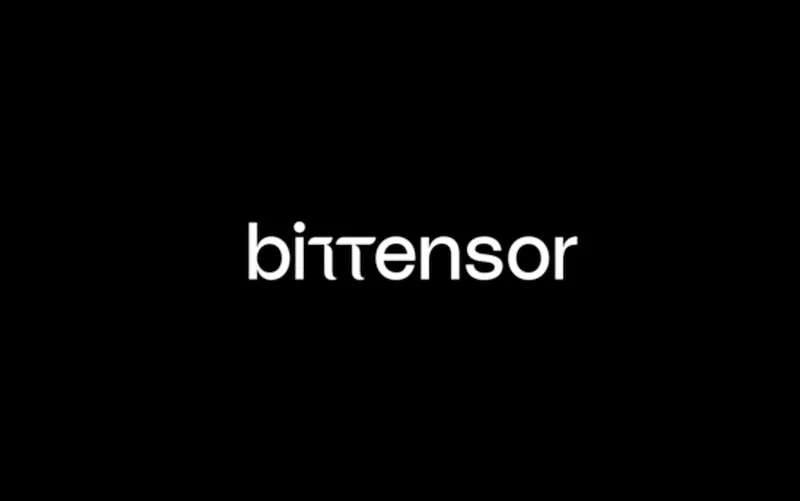I’ve seen the headlines, and I’m sure you have too. Headlines like FET Price Dump: Is Bittensor Stealing the AI Crypto Spotlight? and talk of an "Artificial Superintelligence Alliance in Crisis." It’s easy to look at the chaos surrounding the ASI merger and feel a sense of disillusionment. To see Ocean Protocol’s sudden exit from the alliance as a failure for the grand dream of decentralized AI. But I’m here to tell you that’s the wrong way to look at it. This isn't a funeral; it's a course correction. What we're witnessing isn't the death of a dream, but the messy, beautiful, and necessary birth of a better one.
For months, the ASI alliance—the ambitious plan to merge Fetch.ai, SingularityNET, and Ocean Protocol—was heralded as the future. A top-down, consolidated force to build a unified AI infrastructure. It felt like a classic corporate play: get the big players in a room, sign a deal, and build a monolith. But the dream fractured. The recent collapse of FET’s price isn’t just a market event; it’s a symptom of a flawed architectural philosophy. Trying to weld together three distinct, mature ecosystems is like trying to merge three different languages into one. You don't get a super-language; you get noise.
When I first heard about the alliance falling apart, I honestly wasn't surprised. I was relieved. Because while the market was fixated on this corporate-style merger, a different model was quietly, organically, and powerfully taking root. A model that doesn't rely on boardroom deals, but on a truly decentralized, open-source foundation. That model is Bittensor.
From Alliances to Ecosystems
Let’s be clear about the fundamental difference here. The ASI alliance was an attempt to create a coalition. Bittensor is creating a cosmos. It’s a profound distinction. The alliance was about bringing existing projects together; Bittensor is about providing a foundational protocol where thousands of new projects can be born.
Think of it this way: the ASI project was like trying to build a single, perfect skyscraper by committee, with three different architects arguing over the blueprint. It was bound to have structural weaknesses. Bittensor, on the other hand, is more like the invention of steel. It’s a fundamental building block. It doesn’t dictate what the skyscraper should look like; it just gives builders an impossibly strong material and says, "Go, build a city."
That’s what Bittensor’s subnets are. They’re essentially specialized, independent AI networks built on a common foundation—think of them as guilds in a massive digital city, each focused on a specific task like code generation, drug discovery, or financial modeling. This modular design is why it’s attracting so much talent and why, as Dread Bongo on X pointed out, even former ASI partners are now exploring building their own subnets on Bittensor. They’re leaving the committee meeting to join the construction site. This is the kind of breakthrough that reminds me why I got into this field in the first place—it’s about empowerment, not consolidation.

What does this mean for us, for the future of AI? It means we don't have to bet on a single, monolithic vision of AI. Instead, we can foster a Cambrian explosion of innovation where the best ideas, the most efficient models, and the most creative applications compete and collaborate in a vibrant marketplace. That’s not just a better business model; it’s a healthier, more resilient paradigm for intelligence itself.
The Roar of Institutional Arrival
If the architectural elegance of Bittensor is the soul of this story, then news like Grayscale’s $TAO Move Shakes Crypto: Bittensor Trust Form 10 Filing is the unmistakable sound of the global economy waking up to it. On October 12, Grayscale, one of the world's largest digital asset managers, filed a Form 10 with the SEC for its Bittensor Trust.
Let me translate that from regulatory jargon into plain English. This is the first, critical step toward making $TAO a publicly tradable asset on OTC markets, accessible to the kind of institutional capital that moves mountains. It means audited financial statements, quarterly reports, and a level of transparency that puts Bittensor on the same playing field as a publicly traded tech company. The speed of this is just staggering—it means the gap between a niche crypto-AI project and a legitimate, institutionally-backed asset class is closing faster than we can even comprehend.
This isn't just about money; it's about validation. This is the moment decentralized AI walks out of the garage and onto Wall Street. It’s the equivalent of the internet moving from university servers to every home in the country. We’re witnessing a foundational technology being legitimized in real-time. The community sentiment I’m seeing reflects this; people aren't just speculating on price, they're calling TAO "the Bitcoin of AI." They see what I see: a protocol with the potential to become the base layer for a new economy.
Of course, with this incredible power comes profound responsibility. If Bittensor is truly on a path to becoming a foundational protocol for global AI, we have to start asking the hard questions now. How do we ensure its incentive mechanisms promote beneficial intelligence? How do we build a culture of ethical development within its vast, decentralized ecosystem? The code is only half the story; the human values we embed within it will determine its ultimate legacy.
Still, the path forward is clearer than ever. While one AI dream built on handshakes and press releases is faltering, another—built on open-source code and a universe of independent creators—is preparing for liftoff. Don't be distracted by the falling debris of the old model. Look at the blueprint for the new one.
The Foundation Is Set
The market isn't just choosing a different token; it's choosing a different philosophy. It’s moving away from the brittle, top-down structure of a corporate alliance and embracing the resilient, bottom-up dynamism of a true ecosystem. The chaos in the ASI camp isn't a failure; it's the sound of an old paradigm cracking under the pressure of a better idea. Bittensor isn't just winning a race; it's showing us how the race should be run in the first place. This is the architecture of the future, and its construction has already begun.










